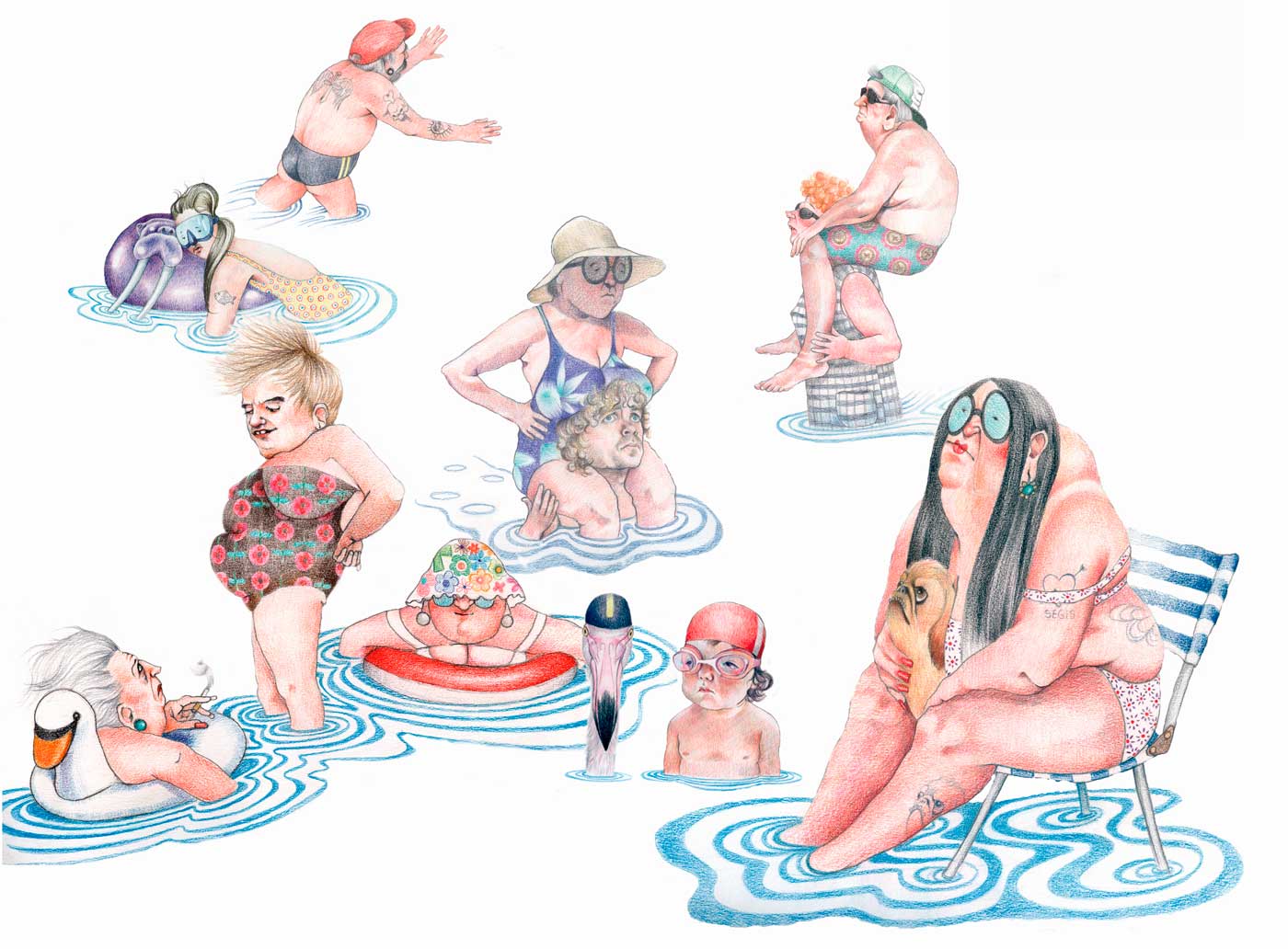Mural painting
Time lapse editado por Inés Piñera, del mural realizado para la radio del IES LOS ALBARES en 2021.
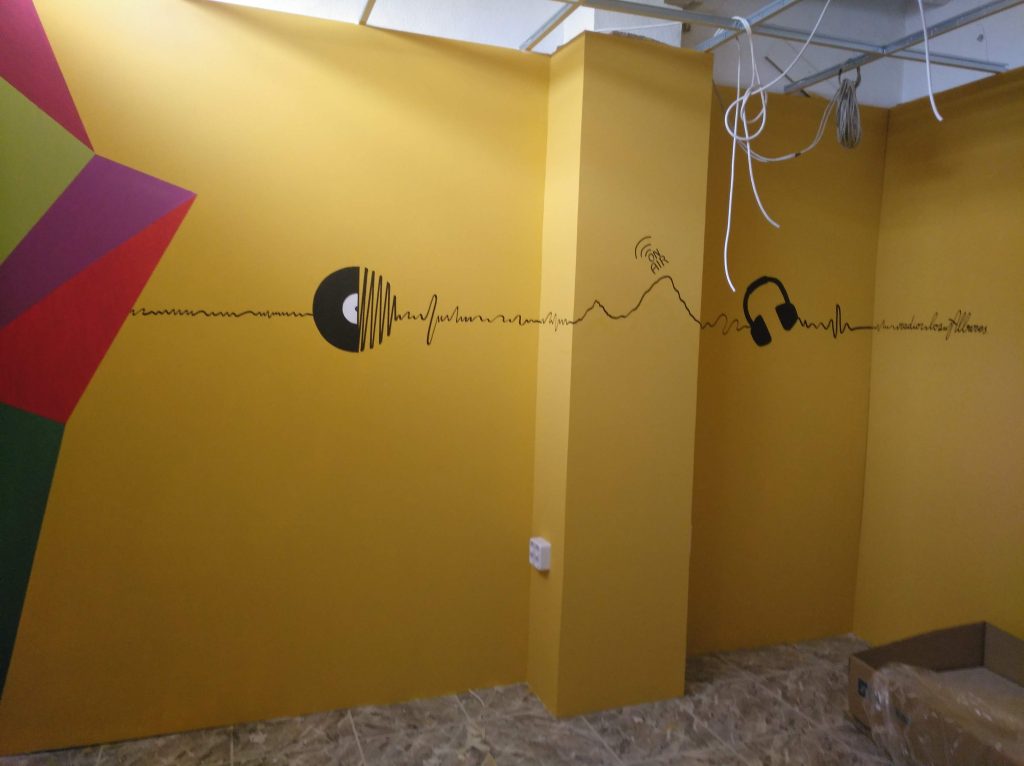
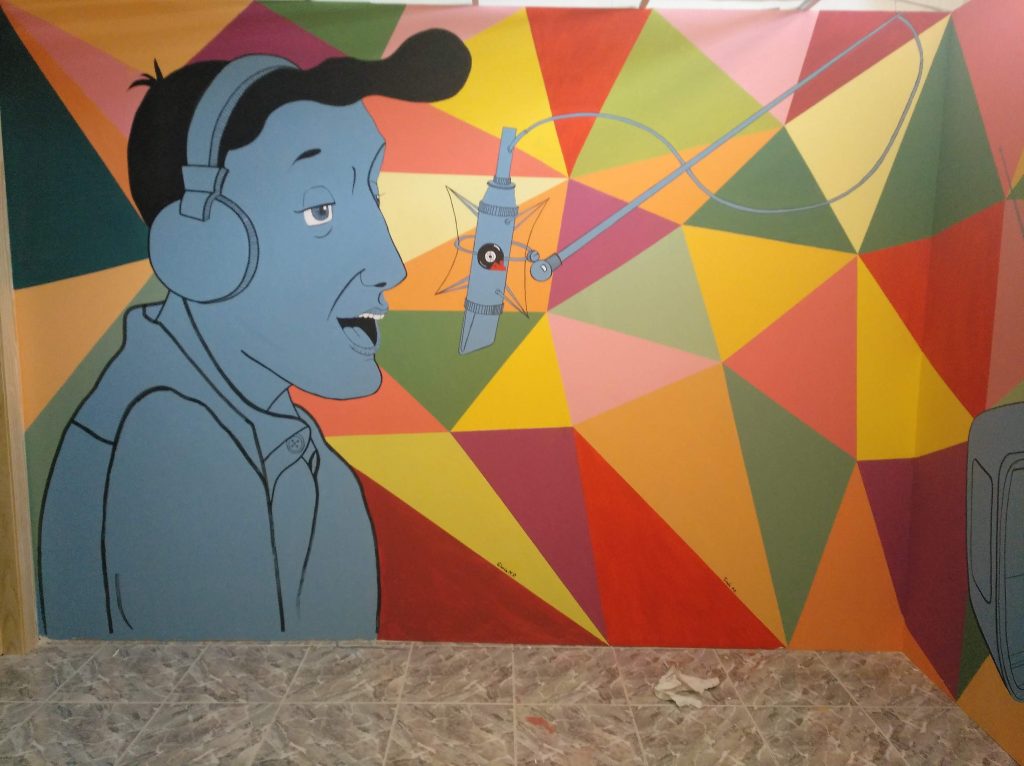
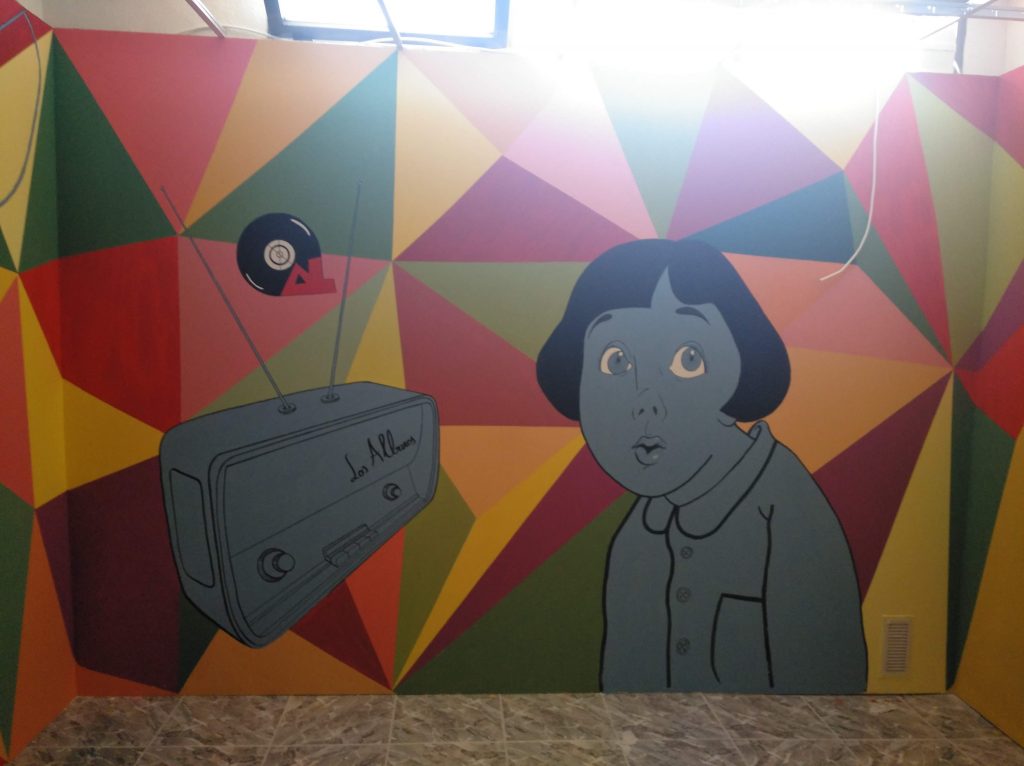
cianotipia
El astrónomo inglés Sir John Herschel inventó este procedimiento en 1842. Aunque Herschel lo ideó, fue la botánica británica Anna Atkins, la que lo puso inmediatamente en práctica.

Atkins publicó una serie de libros documentando helechos y otras plantas, cuyas ilustraciones eran copias azuladas o cianotipos, lo que le permitía documentarlas sin tener que dibujar. Por su serie British Algae, de 1843, Anna Atkins es considerada como la primera mujer fotógrafa.
El proceso utiliza dos compuesto químicos:
De su mezcla resulta una solución acuosa fotosensible, que se utiliza para recubrir un material (normalmente papel). Una imagen positiva se produce exponiéndola a una fuente de luz ultravioleta (como la luz solar) con un negativo. La luz ultravioleta reduce el hierro (III) a hierro (II). A esto le sigue una reacción compleja del hierro (II) con ferricianuro. El resultado es una sustancia insoluble al agua, de color azul (cian) (ferricianuro ferroso) conocido como azul Prusia o Turquesa.
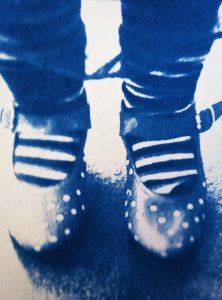
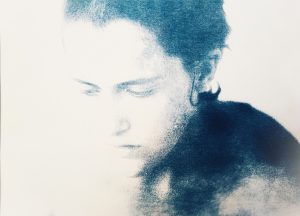
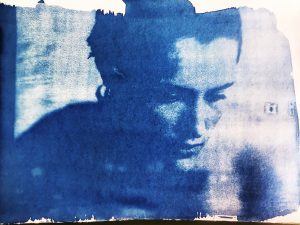
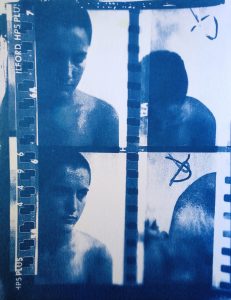
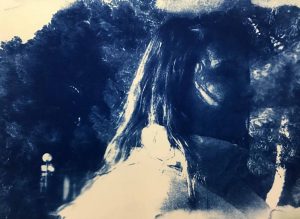

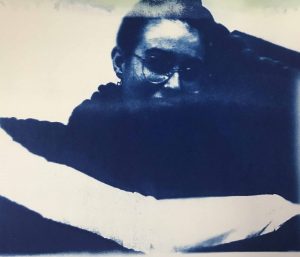
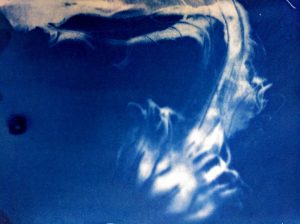
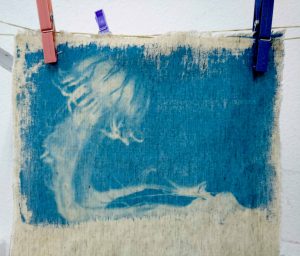 El mismo motivo realizado en tela.
El mismo motivo realizado en tela.
Storyboard
STORYBOARD
One of the most important stages of planning out your video is creating a storyboard.
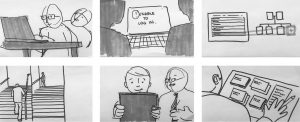
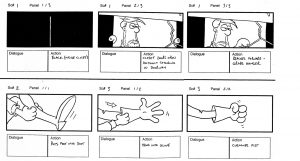
A storyboard is a graphic representation of how your video will unfold, shot by shot.
It’s made up of a number of squares with illustrations or pictures representing each shot, with notes about what’s going on in the scene and what’s being said in the script during that shot. Think of it as sort of a comic book version of your script.
When you storyboard a video you’re setting up a plan for production, including all the shots you’ll need, the order that they’ll be laid out, and how the visuals will interact with the script.
Lámparas de Halloween
Con este ejercicio, los alumnos de 4º ESO han puesto en práctica su paciencia y creatividad.
Stopmotion
Stop motion (hyphenated stop-motion when used as an adjective) is an animation technique that physically manipulates an object so that it appears to move on its own. The object is moved in small increments between individually photographed frames, creating the illusion of movement when the series of frames is played as a fast sequence. Dolls with movable joints or clay figures are often used in stop motion for their ease of repositioning. Stop motion animation using plasticine is called clay animation or «clay-mation». Not all stop motion requires figures or models; many stop motion films can involve using humans, household appliances and other things for comedic effect. Stop motion can also use sequential drawing in a similar manner to traditional animation, such as a flip book. Stop motion using humans is sometimes referred to as pixilation or pixilate animation.
Here you have a selection of movies made with stopmotion animation:
Tim Burton movies:
The Nightmare before Christmas
The Corpse Bride:
Coraline is an American animated film written and directed by Henry Selick, based on the novel by Neil Gaiman Coraline and premiered for the first time in movie theaters on February 6, 2009 in the United States and on June 5 in Spain.
https://youtu.be/LO3n67BQvh0
From director Wes Anderson (Rushmore, The Royal Tenenbaums) comes FANTASTIC MR. FOX, based on the book by Roald Dahl.
And The Isle of dogs:
Kubo and the Two Strings is a 2016 American 3D stop-motion fantasy action–adventure film directed and co-produced by Travis Knight (in his directorial debut), and written by Marc Haimes and Chris Butler.
https://youtu.be/p4-6qJzeb3A
Wallace and Gromit collection from Nick Park and Steve Box :
La vida de calabacín from Claude Barras:
Making off:
Este vídeo ha sido por los alumnos de bachillerato de Comunicación Audiovisual del IES Los Albares:
https://www.youtube.com/user/PESfilm
Tutorial para hacer un stopmotion básico:
https://youtu.be/SiPPavzxpAY
https://youtu.be/tLjXD7Zdvsk
2º Bachillerato CUA 2021-22
2ºE 2021-22
STOPMOTION CON PERSONAS (PIXELACIÓN)
La animación con personas se llama pixelación. Se trata de que realice la acción una o varias personas mientras les vas haciendo fotos.
Esta técnica también es genial porque puedes tener un protagonista muy realista que sería muy difícil de conseguir con plastilina por ejemplo.
https://filmora.wondershare.es/animated-video/stop-motion-ideas.html
